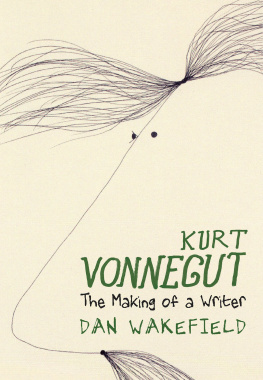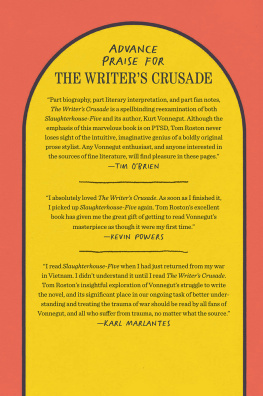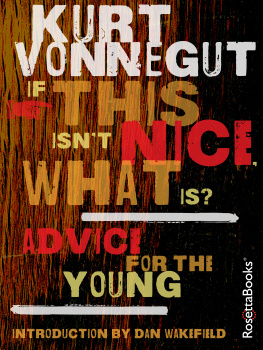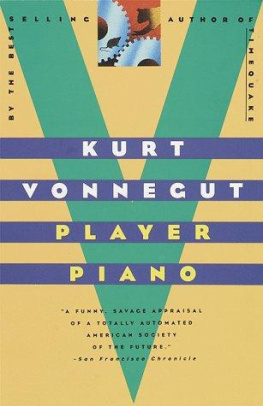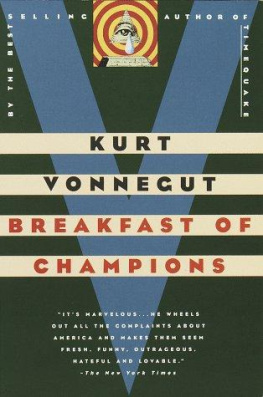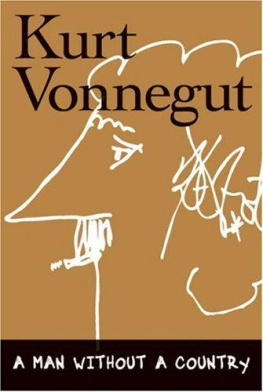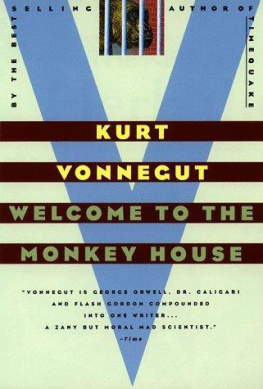Critical Companions to Popular Contemporary Writers
Second Series
Julia Alvarez by Silvio Sirias
Rudolfo A. Anaya by Margarite Fernandez Olmos
Maya Angelou by Mary Jane Lupton
Ray Bradbury by Robin Anne Reid
Louise Erdrich by Lorena L. Stookey
Ernest J. Gaines by Karen Carmean
Gabriel Garcia Marquez by Ruben Pelayo
John Irving by Josie P. Campbell
Garrison Keillor by Marcia Songer
Jamaica Kincaid by Lizabeth Paravisini-Gebert
Barbara Kingsolver by Mary Jean DeMarr
Maxine Hong Kingston by E. D. Huntley
Terry McMillan by Paulette Richards
Larry McMurtry by John M. Reilly
Toni Morrison by Missy Dehn Kubitschek
Chaim Potok by Sanford Sternlicht
Amy Tan by E. D. Huntley
Anne Tyler by Paul Bail
Leon Uris by Kathleen Shine Cain
Gloria Naylor by Charles E. Wilson, Jr.
Tom Wolf by Brian Abel Ragen
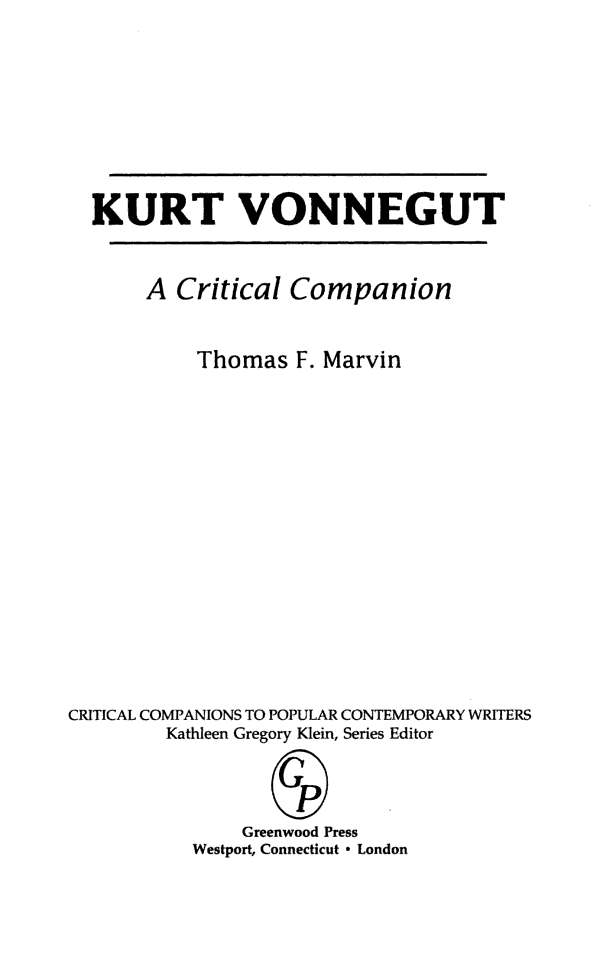

Series Foreword
The authors who appear in the series Critical Companions to Popular Contemporary Writers are all best-selling writers. They do not simply have one successful novel, but a string of them. Fans, critics, and specialist readers eagerly anticipate their next book. For some, high cash advances and breakthrough sales figures are automatic; movie deals often follow. Some writers become household names, recognized by almost everyone.
But, their novels are read one by one. Each reader chooses to start and, more importantly, to finish a book because of what she or he finds there. The real test of a novel is in the satisfaction its readers experience. This series acknowledges the extraordinary involvement of readers and writers in creating a best-seller.
The authors included in this series were chosen by an Advisory Board composed of high school English teachers and high school and public librarians. They ranked a list of best-selling writers according to their popularity among different groups of readers. For the first series, writers in the top-ranked group who had received no book-length, academic, literary analysis (or none in at least the past ten years) were chosen. Because of this selection method, Critical Companions to Popular Contemporary Writers meets a need that is being addressed nowhere else. The success of these volumes as reported by reviewers, librarians, and teachers led to an expansion of the series mandate to include some writ ers with wide critical attentionToni Morrison, John Irving, and Maya Angelou, for exampleto extend the usefulness of the series.
The volumes in the series are written by scholars with particular expertise in analyzing popular fiction. These specialists add an academic focus to the popular success that these writers already enjoy.
The series is designed to appeal to a wide range of readers. The general reading public will find explanations for the appeal of these well-known writers. Fans will find biographical and fictional questions answered. Students will find literary analysis, discussions of fictional genres, carefully organized introductions to new ways of reading the novels, and bibliographies for additional research. Whether browsing through the book for pleasure or using it for an assignment, readers will find that the most recent novels of the authors are included.
Each volume begins with a biographical chapter drawing on published information, autobiographies or memoirs, prior interviews, and, in some cases, interviews given especially for this series. A chapter on literary history and genres describes how the author's work fits into a larger literary context. The following chapters analyze the writer's most important, most popular, and most recent novels in detail. Each chapter focuses on one or more novels. This approach, suggested by the advisory board as the most useful to student research, allows for an in-depth analysis of the writer's fiction. Close and careful readings with numerous examples show readers exactly how the novels work. These chapters are organized around three central elements: plot development (how the story line moves forward), character development (what the reader knows of the important figures), and theme (the significant ideas of the novel). Chapters may also include sections on generic conventions (how the novel is similar to or different from others in its same category of science fiction, fantasy, thriller, etc.), narrative point of view (who tells the story and how), symbols and literary language, and historical or social context. Each chapter ends with an "alternative reading" of the novel. The volume concludes with a primary and secondary bibliography, including reviews.
The alternative readings are a unique feature of this series. By demonstrating a particular way of reading each novel, they provide a clear example of how a specific perspective can reveal important aspects of the book. In the alternative reading sections, one contemporary literary theoryway of reading, such as feminist criticism, Marxism, new historicism, deconstruction, or Jungian psychological critiqueis defined in brief, easily comprehensible language. That definition is then applied to the novel to highlight specific features that might go unnoticed or be understood differently in a more general reading. Each volume defines two or three specific theories, making them part of the reader's understanding of how diverse meanings may be constructed from a single novel.
Taken collectively, the volumes in the Critical Companions to Popular Contemporary Writers series provide a wide-ranging investigation of the complexities of current best-selling fiction. By treating these novels seriously as both literary works and publishing successes, the series demonstrates the potential of popular literature in contemporary culture.
Kathleen Gregory Klein
Southern Connecticut State University
The Life of Kurt Vonnegut
Kurt Vonnegut is one of the most prolific and popular writers of the twentieth century. His career has spanned fifty years and brought him prestigious awards and honorary degrees from many universities. Although his novels have sometimes come under savage attack from professional critics, an impressive and ever growing list of academic studies suggests that his reputation as one of the most important American novelists of the twentieth century is secure. Since the late 1960s, he has been a public figure, speaking out on issues ranging from politics to censorship, from science and technology to the role of the artist in modern society. His face has become familiar, even to those who have never read his books or heard him give a commencement address, from his appearances in movies and television advertisements. Readers often become "addicted" to Vonnegut, devouring his books one after another and becoming curious about the man who wrote them. Vonnegut has provided plenty of clues about the connection between his life and work by weaving autobiographical details into his fiction and discussing the process of writing novels in the novels themselves. In countless interviews he has examined the major influences that shaped his life and career. In addition, three collections of shorter works, Wampeters, Foma, & Granfalloons; Palm Sunday; and Fates Worse than Death, contain many interesting and revealing anecdotes that help readers understand the man behind the novels. This chapter will draw on interviews and Von negut's own autobiographical essays to provide a brief overview of his life and explore the connections between his experiences and his writing.


